How I keep my verd warm in winter
charitycomposter
9 years ago
Related Stories
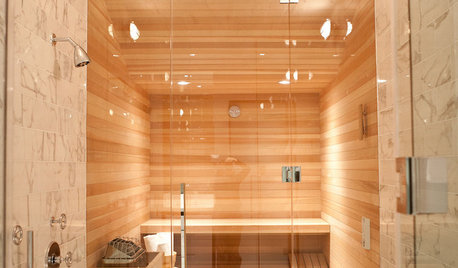
BATHROOM DESIGN15 Ways to Warm Up Your Bathroom for Winter
Keep the chill away in body and spirit with everything from warm colors to high-end bathroom features
Full Story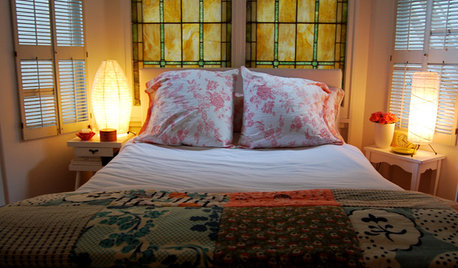
BEDROOMSWarm Up Your Bedding for Winter
Plain white, patchwork or plaid, an extra quilt or blanket brings the cozy, keeps the chic
Full Story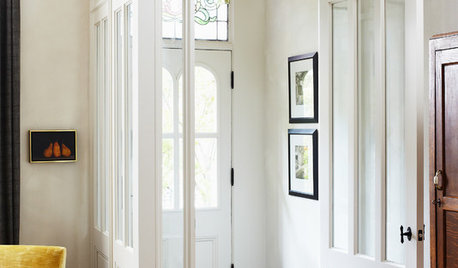
FEEL-GOOD HOMEStop That Draft: 8 Ways to Keep Winter Chills Out
Stay warm without turning up the thermostat by choosing the right curtains, windows and more
Full Story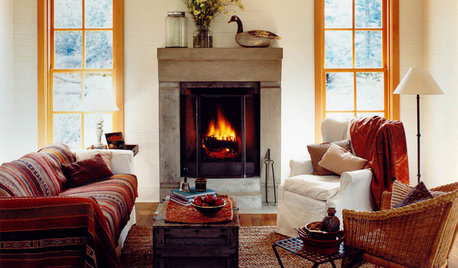
SHOP HOUZZShop Houzz: Stay Warm and Toasty All Winter Long
When the weather’s frightful, you’ll be glad for these pillows, throws, candles and more
Full Story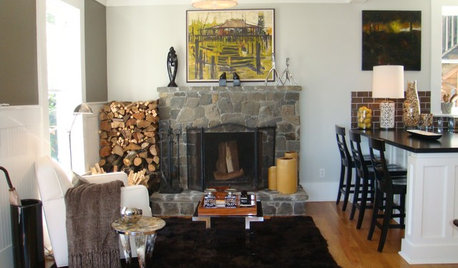
Warm Up Your Home for Winter
Look forward to the indoor season, equipped with a cozy environment at home
Full Story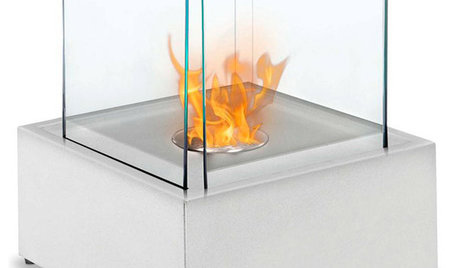
PRODUCT PICKS41 Finds to Keep You Warm
Show that cold spell who's boss with robes, blankets, freestanding fireplaces and more warming comforts of home
Full Story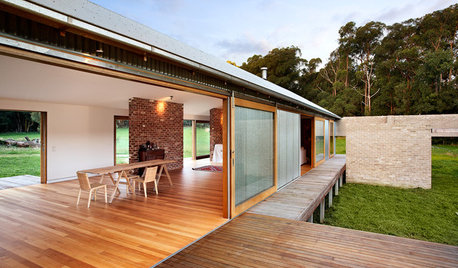
ARCHITECTUREHow Thermal Mass Keeps You Warm and Cool
Passive solar design makes use of this element. Here’s how it works and how you can get it in your home
Full Story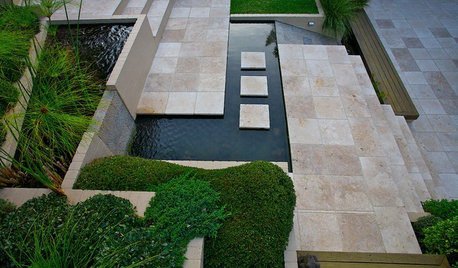
PATIOSLandscape Paving 101: Travertine Keeps Its Cool in Warm Climates
Travertine is a gorgeous paver for a pool surround
Full Story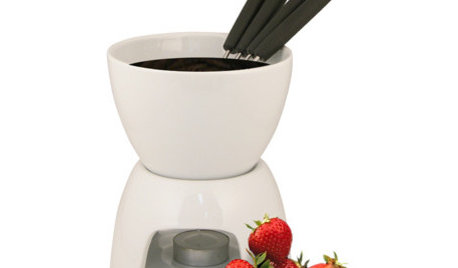
Guest Picks: Winter (Yes, Winter) Warmers
For folks in the Southern Hemisphere, July is right in the heart of winter. Warm up with 20 ways to make your home as cozy as can be
Full Story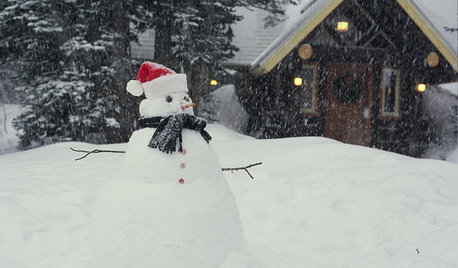
LIFEShare Your Winter Storm Jonas Photos and Survival Tips!
Let’s see your pictures and hear your ideas on how you’re keeping your house warm and staving off cabin fever
Full StoryMore Discussions


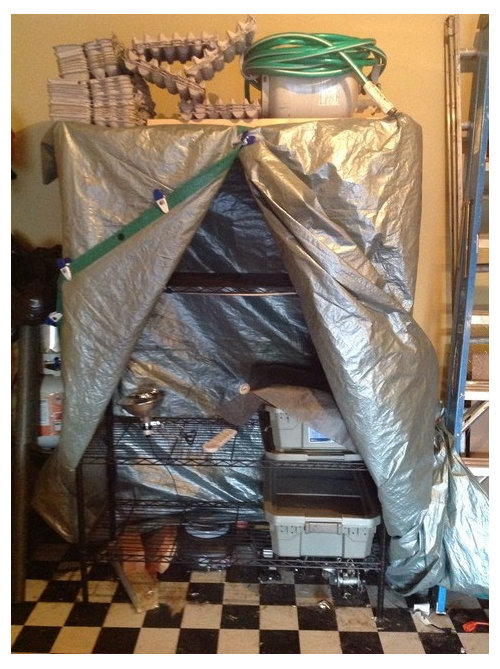
chuckiebtoo
charitycomposterOriginal Author
Related Professionals
Wakefield Landscape Contractors · Cedar Hill Landscape Contractors · East Patchogue Landscape Contractors · El Reno Landscape Contractors · Goodlettsville Landscape Contractors · Middle River Landscape Contractors · Nashua Landscape Contractors · North Chicago Landscape Contractors · Salmon Creek Landscape Contractors · Banning General Contractors · Evans General Contractors · Halfway General Contractors · Medway General Contractors · Millville General Contractors · Rowland Heights General Contractorsequinoxequinox
barbararose21101
mendopete
equinoxequinox
rayzone7
charitycomposterOriginal Author
mendopete
nexev - Zone 8b
equinoxequinox
equinoxequinox
charitycomposterOriginal Author
barbararose21101
nexev - Zone 8b
OhSoSlow71
barbararose21101
nexev - Zone 8b
equinoxequinox
nexev - Zone 8b